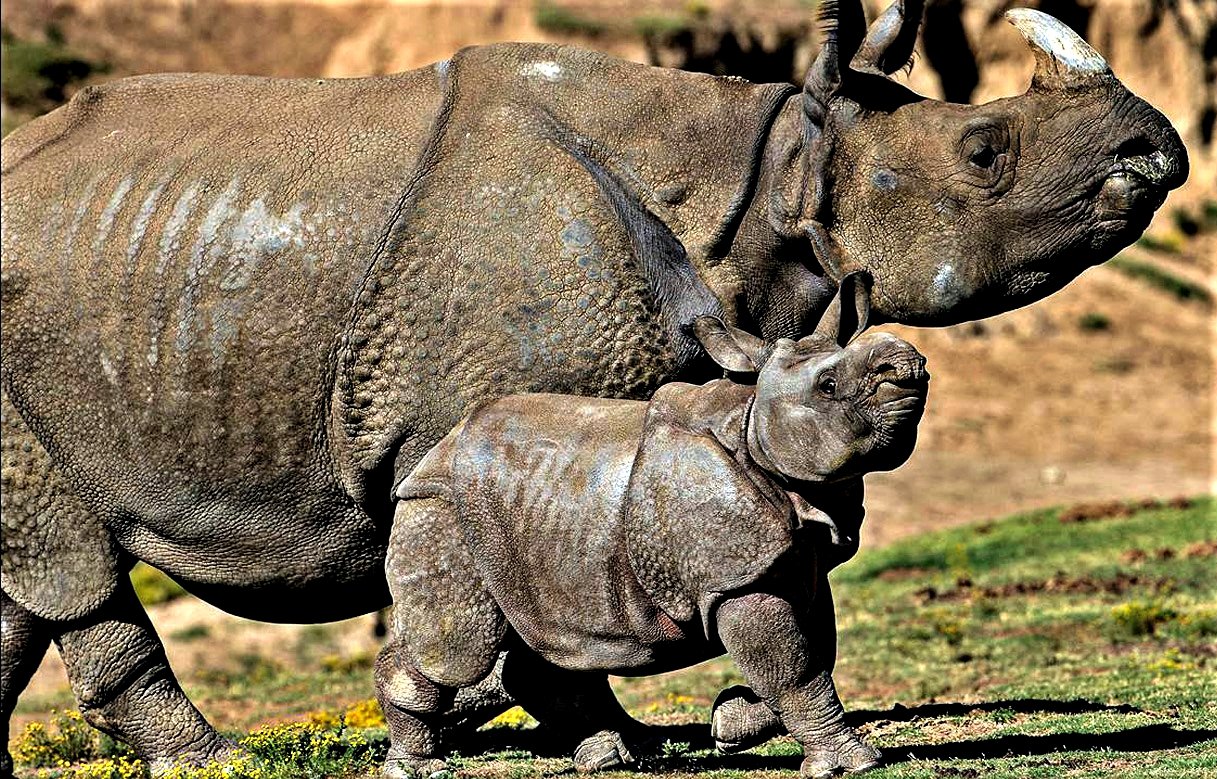In their biannual population survey, the International Rhino Foundation (IRF) has announced that the population of the greater one-horned rhinoceros has passed 4,000 individuals for the first time since record-keeping began.
Also known as the Indian rhino, the greater one-horned rhinoceros (Rhinoceros unicornis) numbered less than 200 in 1910, but through a poaching ban, the establishment and expansion of protected areas, and captive breeding programs, the Indian rhino has made a super comeback.
Currently, 70% of these rhinos are found in the Indian state of Assam, which completed a population survey in March, and when combined with the survey from neighboring Nepal, the IRF found 274 rhinos had been born since the last count – helped by a ‘baby boom’ during the pandemic when many protected areas were closed to visitors.
“For a species that was once perilously close to extinction, numbering fewer than 100 individuals, this recovery is truly remarkable,” said Nina Fascione, executive director of the IRF.
Now found only in India and Nepal, the Indian rhino once roamed in Bhutan, Pakistan, Bangladesh, and into Myanmar, and even southern China.
PICTURED ABOVE: A greater one-horned rhino and her calf in Chitiwan National Park, Nepal. PC: Sushan116. CC 4.0.
If you think the stories you’ve just read were worth a few dollars, consider donating here to our modest $500-a-year administration costs.




